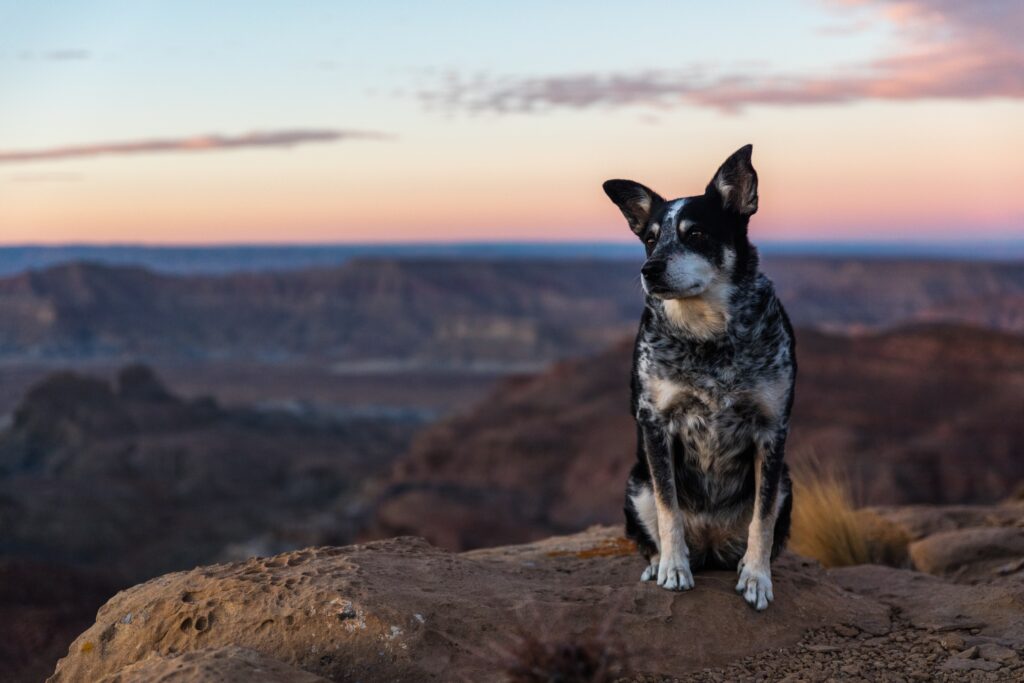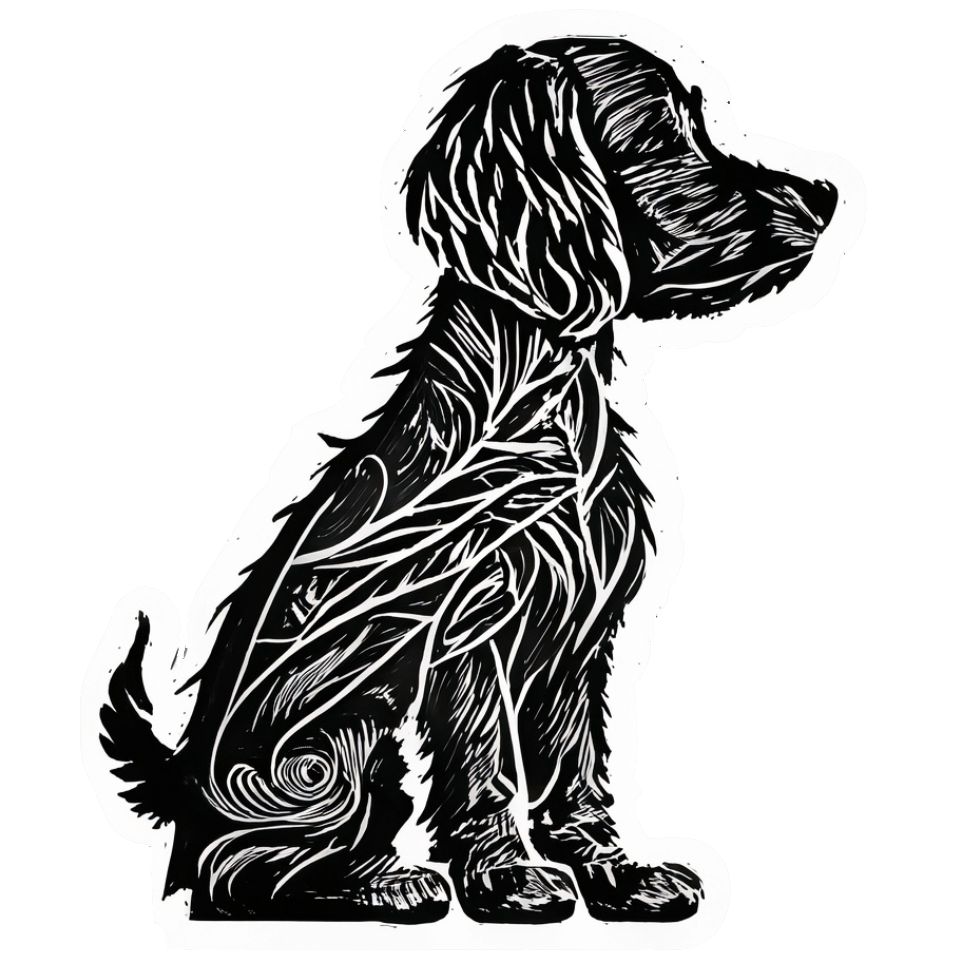A Historical Exploration

Dogs have been an integral part of human history, sharing our lives, work, and homes for thousands of years. The relationship between dogs and humans can be traced back to ancient civilizations, where dogs were not only domesticated but also revered, utilized, and celebrated in various ways. In this article, we’ll embark on a historical exploration of the role of dogs in ancient civilizations, uncovering the fascinating ways in which they were intertwined with human life and culture.
Dogs in Ancient Egypt
In ancient Egypt, dogs were highly regarded for their hunting abilities, loyalty, and companionship. They were often depicted in art and hieroglyphics, showcasing their significance in Egyptian society. Breeds like the Greyhound and Basenji were popular, and some dogs were even mummified and buried with their owners to accompany them in the afterlife.
Dogs in Ancient Greece
Dogs played a vital role in ancient Greek life, serving as hunting companions, herders, and guardians. They were celebrated in literature, such as in Homer’s “Odyssey,” where Odysseus’s faithful dog Argos recognizes him after many years. Various breeds were developed for specific purposes, and dogs were often depicted in art and sculpture.
Dogs in Ancient Rome
In ancient Rome, dogs were utilized for hunting, herding, and protection. Mastiff-type breeds were employed as guard dogs, while smaller breeds were cherished as companions. Dogs were often memorialized in mosaics and writings, reflecting their importance in Roman daily life.
Dogs in Ancient China
Dogs held a special place in ancient Chinese culture, symbolizing loyalty and good fortune. Breeds like the Shar-Pei and Pekingese were developed and highly prized. Dogs were often depicted in art and pottery, and some emperors were known to keep dogs as favored companions.
Dogs in Ancient Mesopotamia
In ancient Mesopotamian civilizations, dogs were primarily used for hunting and guarding. They were considered sacred and were associated with various deities. Some of the earliest known depictions of dogs on leashes can be traced back to Mesopotamian art.
Dogs in Ancient Mesoamerica
In ancient Mesoamerican cultures, such as the Aztecs and Maya, dogs were revered for their spiritual significance and practical roles. They were believed to guide souls in the afterlife and were also used for hunting and companionship. The Xoloitzcuintli, or Mexican Hairless Dog, is a breed with deep roots in Mesoamerican history.
The relationship between dogs and humans in ancient civilizations is a rich and multifaceted tapestry, reflecting the diverse roles that dogs have played throughout history. From loyal companions and skilled hunters to sacred symbols and artistic inspirations, dogs have been an essential part of human culture and civilization for millennia. Dogipedia invites you to explore our extensive collection of articles, guides, and resources, delving into the world of dogs from historical, cultural, and practical perspectives. Whether you’re a dog lover, history enthusiast, or simply curious about the incredible bond between humans and dogs, Dogipedia offers insights and information to enrich your understanding and appreciation. Join us in celebrating the timeless connection between people and their beloved canine companions, a bond that transcends time, geography, and culture.
